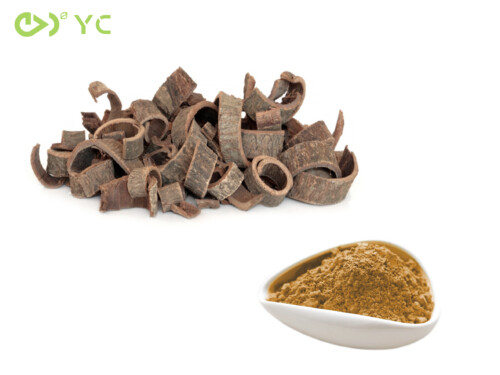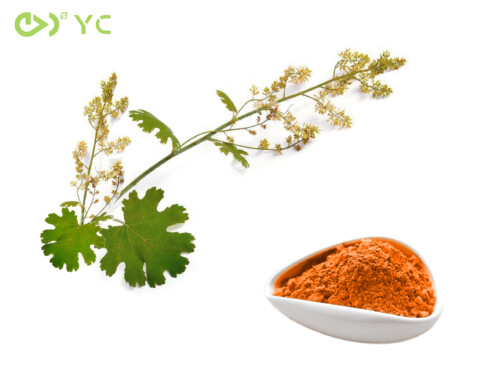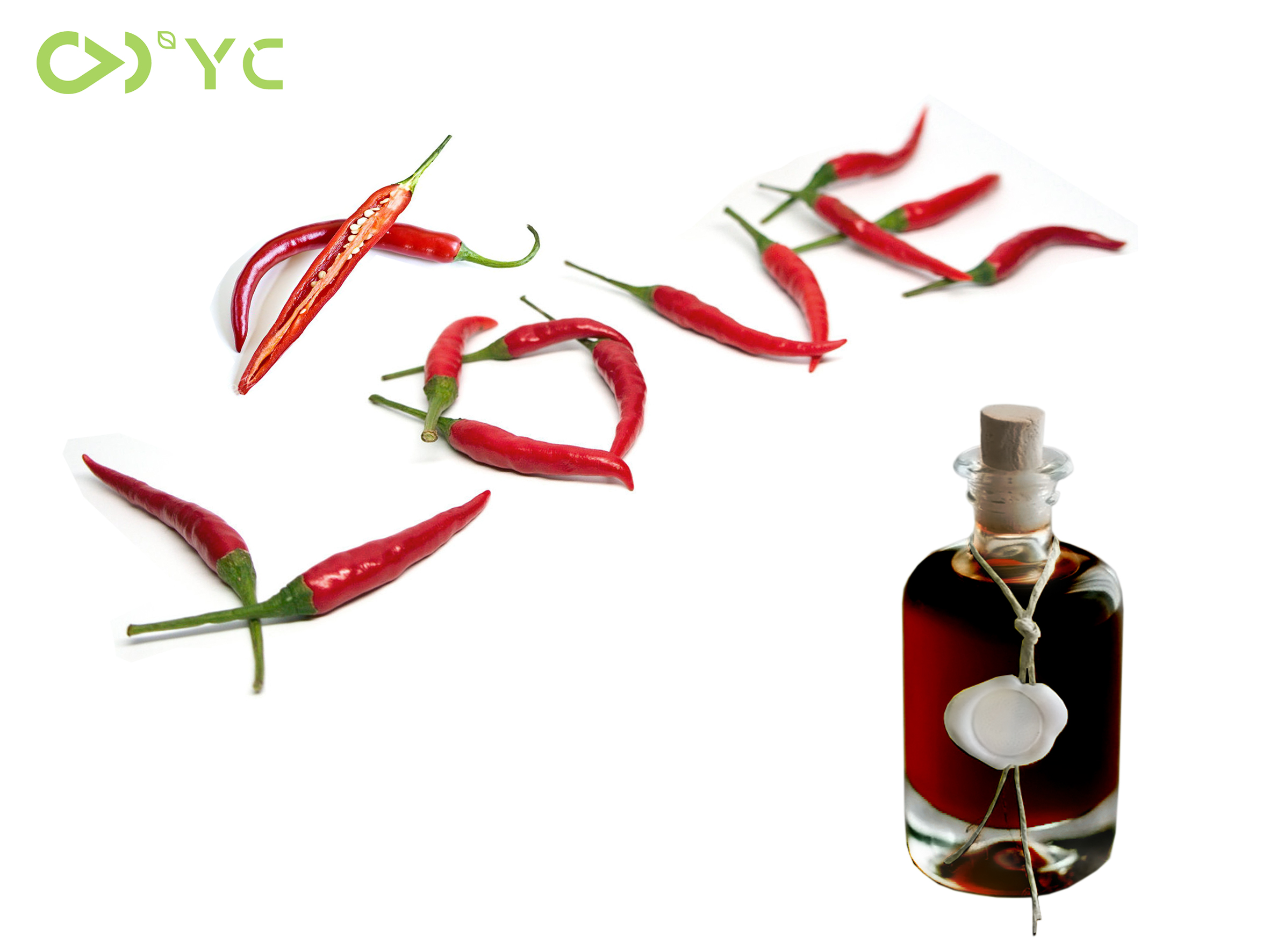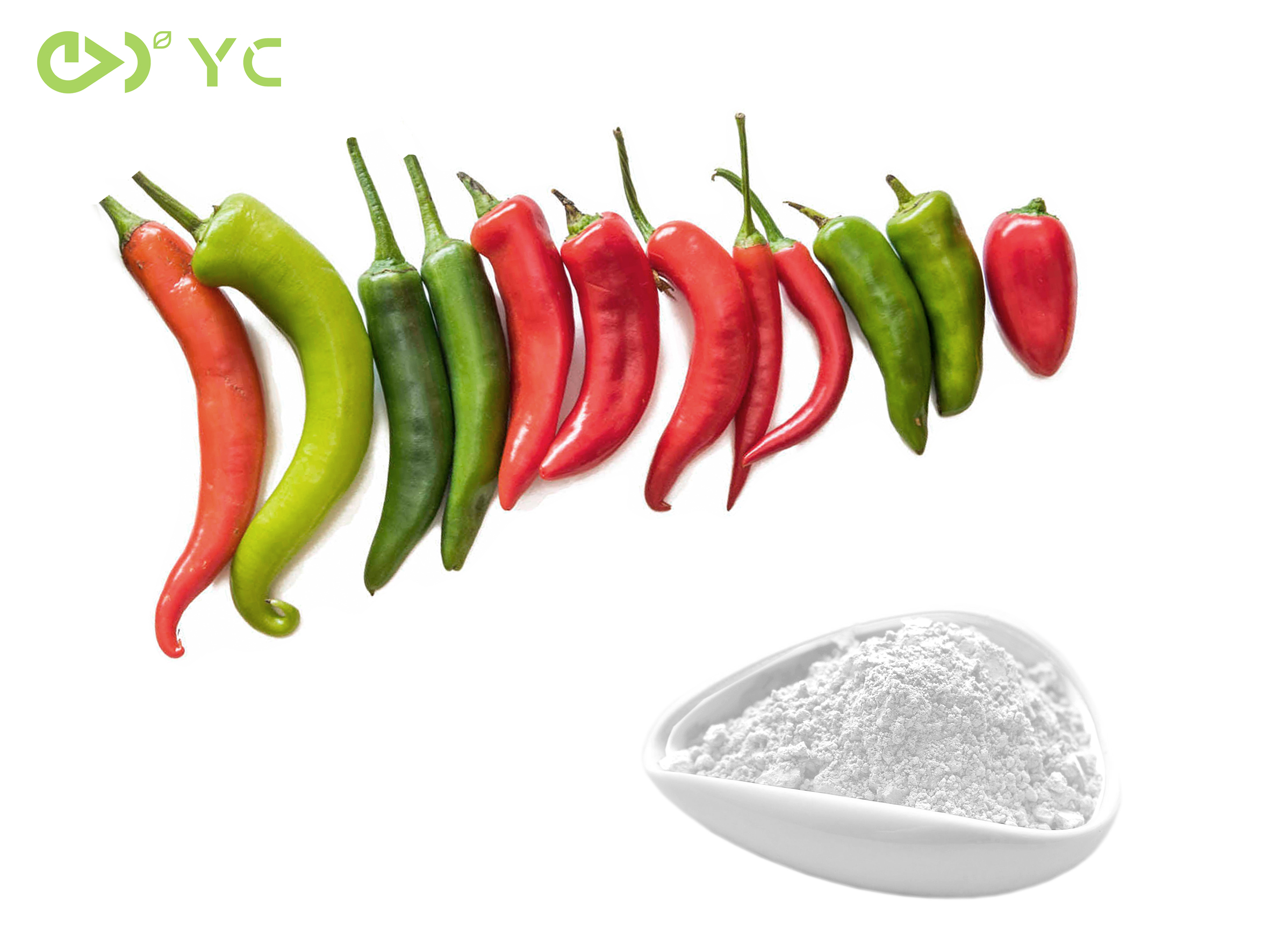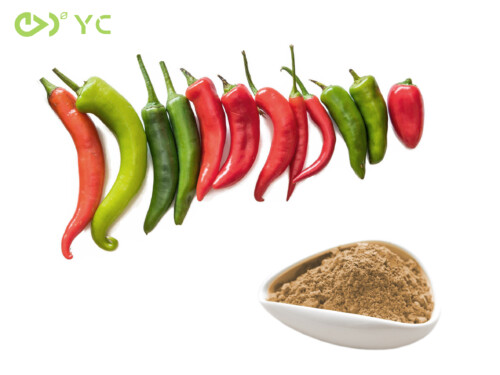Ligusticum Striatum Extract (Ligusticum chuanxiong) already was used for animal feed additive, dietary supplements, cosmetic and flavor food etc. It has antibacterial, antioxidant, analgesia effect, the expulsion of head wind and bi syndrome and invigorating stagnant blood etc pharmacological properties.
- Animal nutrition
- Dietary supplement
- Cosmetic products



